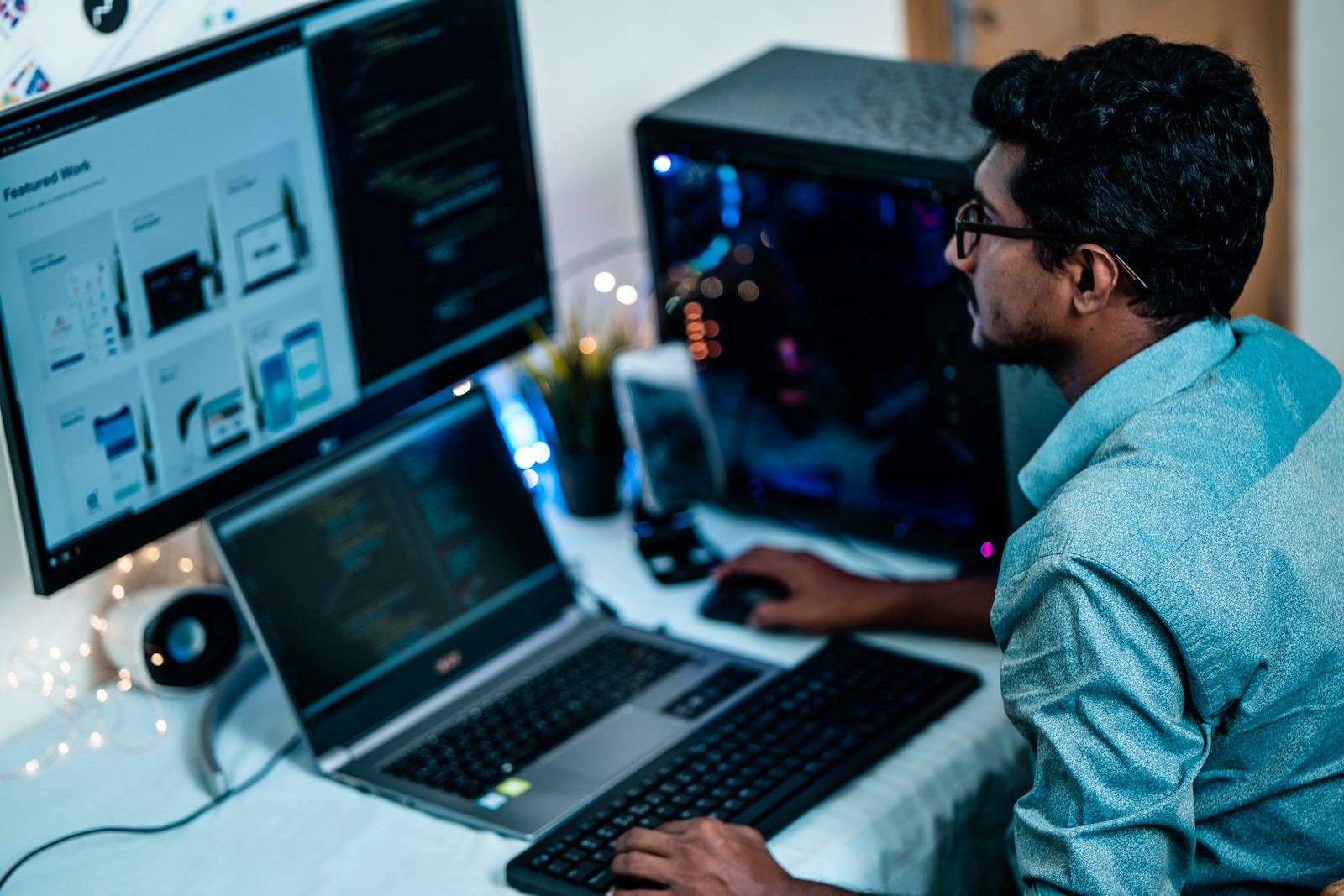Is your PC showing signs of aging, very slow, struggling with basic tasks like web browsing and content creation? Don’t worry! In this article, we will explore four effective ways to make your aging computer fast again.
Signs of Aging Hardware
As electronic gadgets, including PCs, age, their components start to deteriorate. Even high-end computers purchased just a few years ago may struggle with performance issues. Tasks like web browsing, video streaming, and content creation can become slow and frustrating.
Underlying Issues That Slow Down PCs
Apart from aging hardware, various underlying issues contribute to a sluggish PC. These include slower storage devices, limited memory (RAM), and an excessive number of apps running in the background with startup permission.
1. Remove Unnecessary Startup Apps
When you install new apps on a Windows PC, they often have permission to run at startup. This means they automatically open and run in the background as soon as you turn on your PC. However, these unnecessary apps consume computational power and slow down your system.
- On Windows 11: Search for “startup apps” and disable any non-essential apps that you don’t frequently use.
- Look out for apps labeled “high impact” or “medium impact,” as they utilize significant computational resources.

2. Uninstall Unused Apps
By default, Windows PCs come preloaded with numerous third-party applications. While some may be useful to certain users, many are simply taking up valuable space on your device.
- Go to Settings > Apps > Installed Apps and remove any services that are no longer needed.
- Be cautious not to uninstall any system-specific apps that could potentially cause boot loop issues.

3. Adjust Power Mode for Performance Optimization
If you’re using a Windows 11 laptop or device:
- Ensure that the power mode is set to “best performance.”
- Modern laptops often default to power-saving modes like “best power efficiency” or “balanced,” prioritizing energy conservation over performance.
- Keep in mind that setting the power mode to “best performance” may impact battery life.
4. Upgrade Storage and RAM
If you have followed previous steps and your PC is still slow, consider upgrading your hardware:
- Upgrading from an HDD (Hard Disk Drive) to an SSD (Solid State Drive) can significantly improve OS booting and app loading times.
- If your PC becomes sluggish when running multiple apps simultaneously, it may require additional RAM. A basic Windows 11 PC should ideally have at least 8 GB of RAM.
- Check your PC’s manual for information on the type and compatibility of RAM modules, then consider upgrading to 8 or even 16 GB if necessary.
When It’s Time for a New Device
If all else fails, it might be time to invest in a new device. Depending on your budget, choose a computer capable of handling your workload efficiently.
Remember, by following these simple tricks and optimizations, you can breathe new life into your aging PC and enjoy its speed and power once again!
Learn here more about Software and Apps.
You can also reach out our social media team by following our pages on Facebook, Instagram and Twitter.


